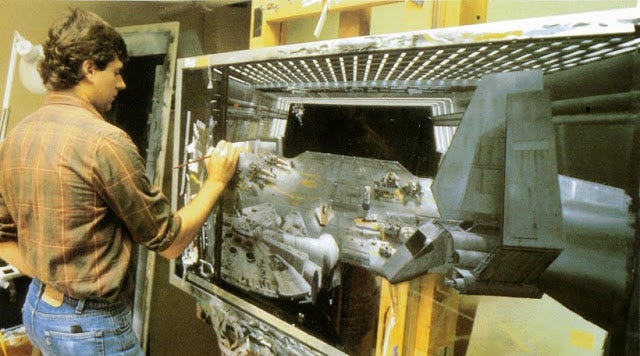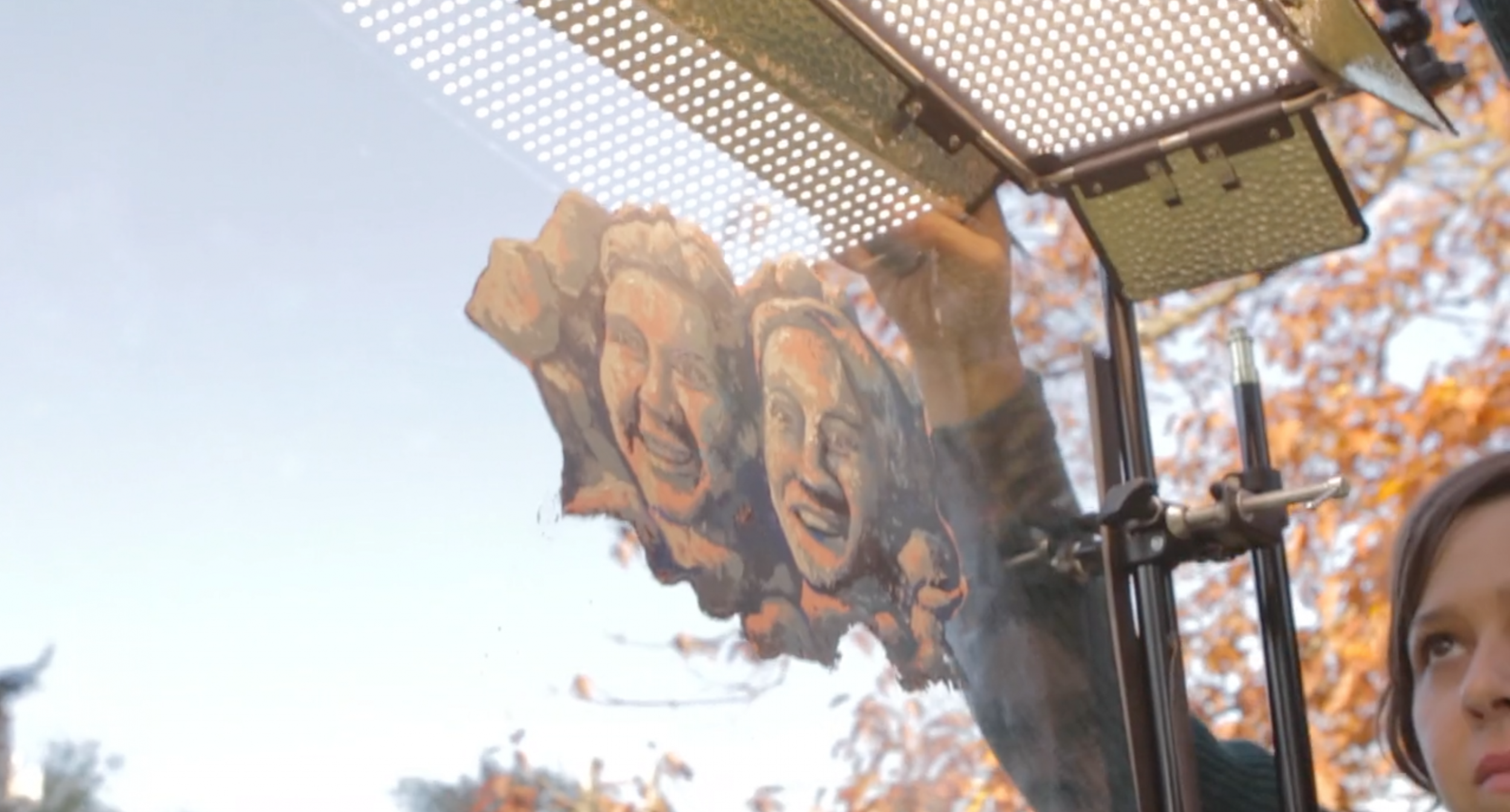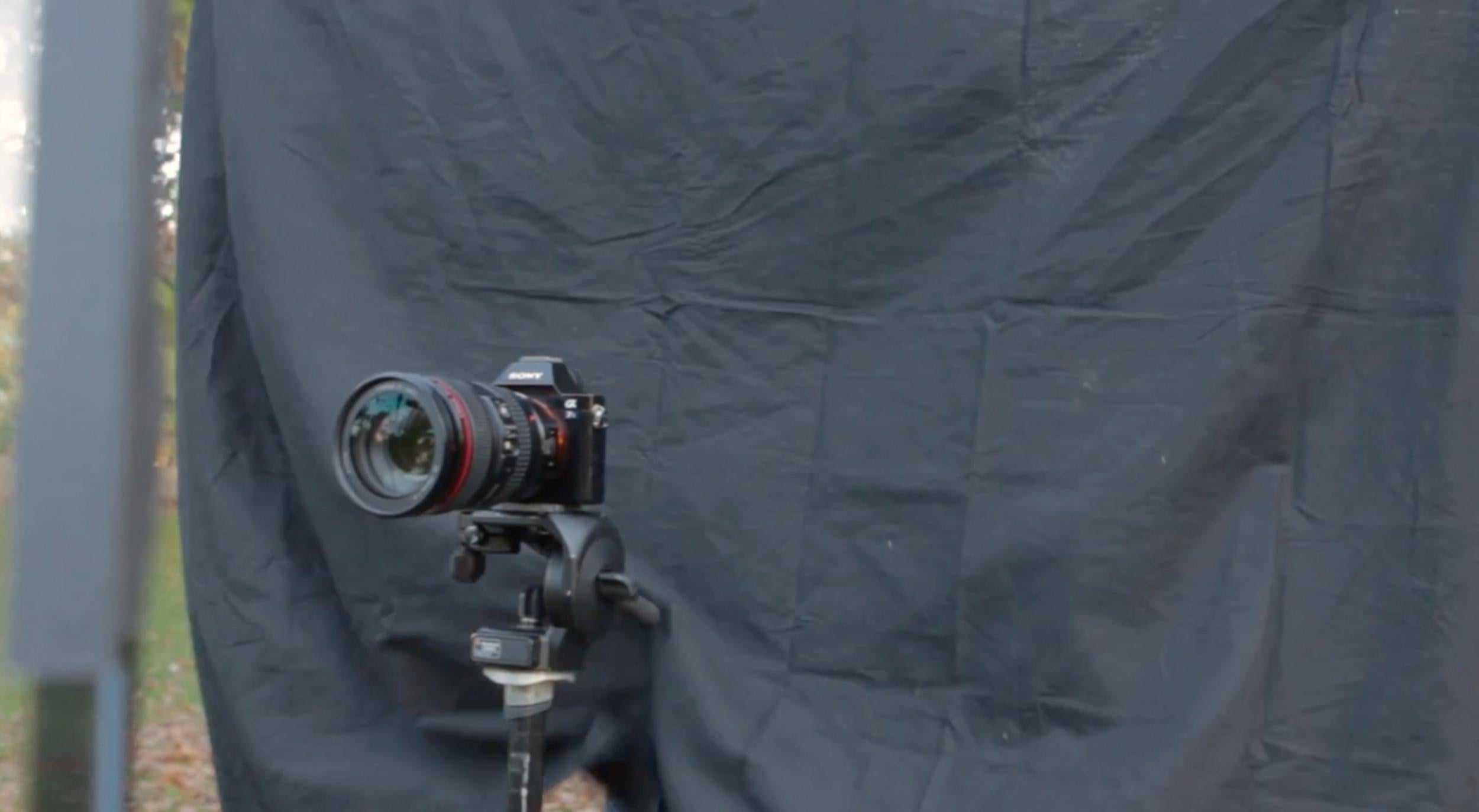The Independent's journalism is supported by our readers. When you purchase through links on our site, we may earn commission.
How matte paintings were used in Return of the Jedi (and more) in the days before CGI

Your support helps us to tell the story
From reproductive rights to climate change to Big Tech, The Independent is on the ground when the story is developing. Whether it's investigating the financials of Elon Musk's pro-Trump PAC or producing our latest documentary, 'The A Word', which shines a light on the American women fighting for reproductive rights, we know how important it is to parse out the facts from the messaging.
At such a critical moment in US history, we need reporters on the ground. Your donation allows us to keep sending journalists to speak to both sides of the story.
The Independent is trusted by Americans across the entire political spectrum. And unlike many other quality news outlets, we choose not to lock Americans out of our reporting and analysis with paywalls. We believe quality journalism should be available to everyone, paid for by those who can afford it.
Your support makes all the difference.We're living in a CGI world. And though Green Screen's dominance has given filmmakers an endless capability to invent, it's hard not to remain infatuated with the old school charm of matte paintings. The intricately designed, romantically rendered visions of the city of Oz, or the secretive warehouse in which the Ark of the Covenant is kept.
A new video by Vimeo Video School has paid tribute to somewhat of a lost art, giving viewers a lesson in how the likes of the great Michael Pangrazio achieved his incredible work on 1983's Return of the Jedi, or how James Cameron's pre-director career saw him create matte paintings for 1981's Escape from New York.
In simple terms, matte paintings are a hand-rendered background for actors interacting in a shot, though Vimeo's team specifically demonstrate how artists would create something called a glass shot; in which a camera films through a piece of glass with a foreground or background element painted in to add context to the scene.
It all starts by finding a location, here New York's Central Park; with the camera first being carefully set up for its shot, before a piece of acrylic glass is then mounted on stands and lined up in front of the lens.
Utilising the camera's viewfinder as a guide, enamel paint is then used to paint the desired image; with a base coat on both the front and back of the glass to prevent any light passing through. Highlighting and shadowing become key here in creating a realistic depth to the piece, allowing it to blend seamlessly with its background.
When the camera finally rolls, artificial light ensures the painting matches its background, while a tarp held behind the camera is used to block out any reflection on the glass.


And, voila! A completed, cinematic shot.
Here's the full video.
The Joy of Matte Painting from Vimeo Video School on Vimeo.
The Vimeo Video School looks to help content creators improve their filmmaking and editing techniques, from how to use Final Cut Pro to acting 101.
Join our commenting forum
Join thought-provoking conversations, follow other Independent readers and see their replies
Comments